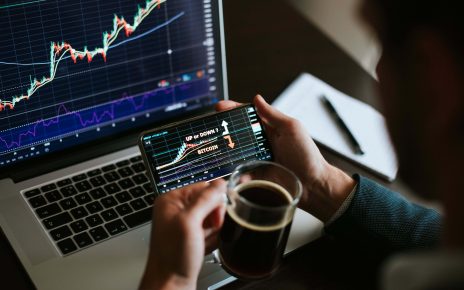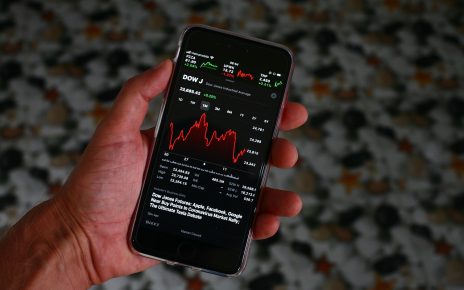For a long time, humans have been involved in trading precious materials. Gold is one of the most popular precious metals on the market, and there are many different ways people can trade it today. It has held its value for a long time and was the standard to which the value of fiat currencies was linked for many years.
Gold has a unique value and is known to symbolize wealth, power, and strength. Even though gold is no longer a standard of monetary value, its value has continued to increase at a considerable rate since the early 2000s.
It is estimated that over 60% of all gold has been mined since the mid 20th century, to date, and it has still maintained its value. Its finite supply makes it even rarer and more valuable.
Things to know about gold
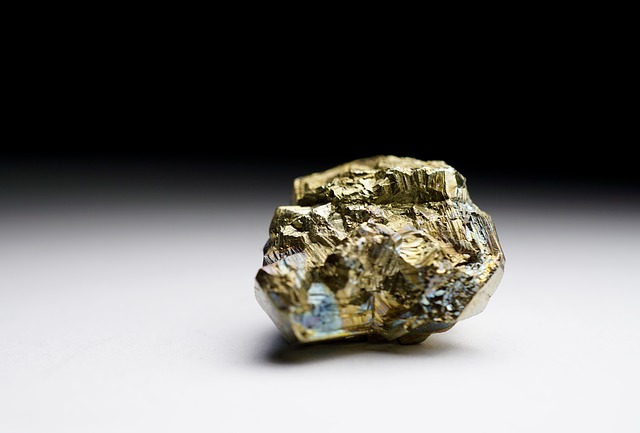
Gold is an attractive, shiny, dense, and soft metal. It has a long-standing tradition of being used for jewelry and ornaments. Some first mentions of the use of Gold date back to 6000 BC when it was discovered in the Middle East.
To improve its usability as a currency, it was eventually minted into coins shortly after discovery. Gold coins were the first currency used to trade all other goods and services and gradually replaced the barter system of trade which was a challenge for many.
In recent times, many people have used Gold to hedge against the high rate at which the prices of goods and services increased. It has been estimated that about 200,000 tons of Gold have been mined so far upon the earth’s surface. Countries that consume the most Gold per year are India, China, and the United States.
Gold futures explained
As we mentioned earlier, there are a lot of opportunities for investors in the gold market. People can invest in Gold in many different ways. One of the options is to trade gold futures. Simply put, futures are financial contracts created between sellers and buyers.
The seller agrees to sell an asset to the buyer for a specific price at a future date. Gold Futures trading was first introduced in 1972 at the Chicago Mercantile Exchange. Since then, it has become one of the most heavily traded commodities on major exchanges worldwide. People can invest in all kinds of goods and commodities with futures, and Gold is just one of them.
Futures are standardized legal contracts traded on exchanges. Once the contract has been made, the date or the price cannot be changed.
Introducing gold futures investments
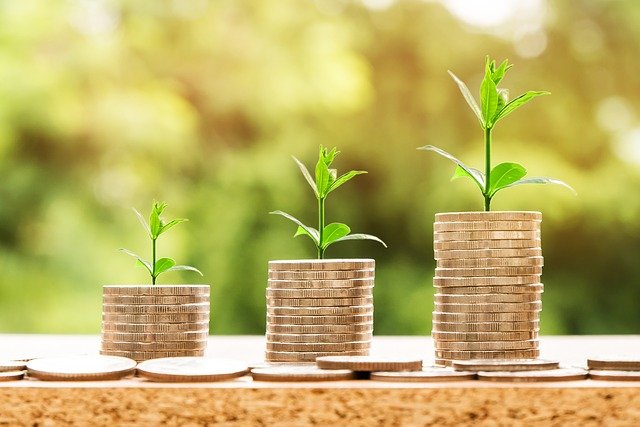
One of the most appealing aspects of investing in gold futures is that you can trade them without paying for the total value right away. The two sides make an agreement that includes the specific price of the asset, the date of the delivery, and the amount that needs to be delivered.
A gold futures contract includes an agreement to take an amount of gold delivery on a specific future date, and this will usually involve making an initial payment. However, the rest of the deal value is paid when the delivery is complete. On the other hand, the seller doesn’t have to take delivery of the Gold yet either.
The standardized contract unit of Gold is 100 troy ounces, and contracts are listed on exchanges for three consecutive months; any February, April, August, October in the nearest 23 months, and any June and December in the nearest 72 months, according to the Chicago Mercantile Exchange (CME).
Many investors prefer gold futures investing as an alternative to investing in exchange traded Funds (ETFs). Unlike ETFs, gold futures investing is straightforward in the sense that investors can buy and sell Gold at any time without having to worry about paying management fees. Also, the gold futures investors have total control over their investment decisions and can decide to own the underlying asset at any time.
Gold Futures Exchanges
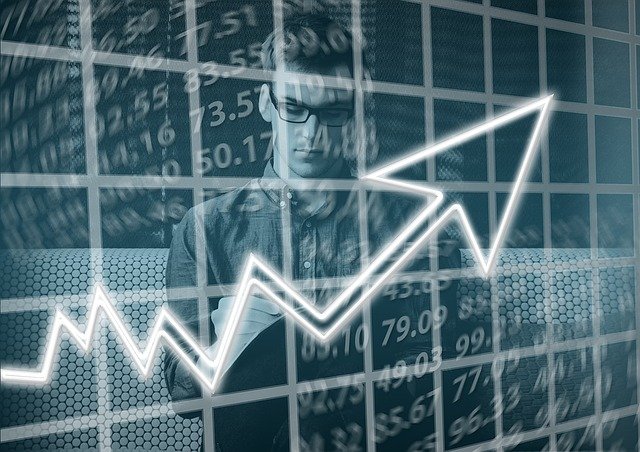
Generally, the gold market is primarily controlled by market actors with deep pockets, such as institutional players and high net worth investors who carry out their gold trading business with bullion banks. Gold futures, on the contrary, are traded mainly on regulated exchanges worldwide.
Investors who want to trade gold futures have a couple of different options where they can do this. We mentioned the New York Mercantile Exchange (NYMEX) earlier. This exchange has the longest tradition of trading gold futures.
The price quotes at NYMEX for gold futures are set in cents and dollars per ounce. All the gold assets are traded in contract size of a 100 troy ounce. One of the largest and the most popular exchanges for trading gold futures is TOCOM or the Tokyo Commodity Exchange. On this exchange, the contract size for gold futures is 1kg or around 32.15 troy ounces.
Another exchange open for gold futures trading is the London Metal Exchange, which started trading its first gold futures contracts in 2017. Just like the NYMEX, they peg the contract size for Gold at 100 troy ounces.
All these exchanges seamlessly operate through a central clearinghouse, making it possible for them to take the other side of all transactions on the exchange. Trading costs, including commissions, are comparatively higher, but they can be negotiated depending on the size of orders.
Governmental authorities and other organizations regulate the gold markets, and they seek to enforce regulations and laws that aim to prevent fraud and market manipulations. For example, in the USA, the Commodity Futures Trading Commission (CFTC) has the authority to regulate the commodity futures markets, including Gold.
What are the advantages of trading gold futures?
Trading gold futures contracts give traders more financial flexibility, integrity, and leverage. When we talk about economic power, we mean having the ability to manage and trade products of higher market value while paying for only a fraction of its total value.
Futures contract trading includes performance margins that don’t require much more capital than trading on physical markets. That is all possible because the trade is happening on a centralized exchange. Access to high leverage gives speculators the potential for higher returns but also exposes them to more risk.
Gold Futures investors, especially speculators, are not subject to the Pattern day trader rule common on most US exchanges. All they have to do is to meet the minimum margin required for their positions, and they can trade as often as they want.
With Gold futures, investors have the option to forego the need for immediate storage as they have the opportunity not to take delivery of the physical commodity as long as they close their positions before the contract expires.
Future markets allow traders to find a long or short position with ease making them flexible. Hedgers are the ones that get the most flexibility as they can protect their positions, while speculators can take positions by looking at the market expectations.
Exchanges have clearing services that ensure that counterparty risks are almost eliminated. They take the role of buyers for each seller and the other way around, thus minimizing counterparty default risks.
Risks of trading gold futures
No matter the kind of trading in question, there is always a risk of default. Even though this risk is lower with trading gold futures, it’s still there and can be detrimental to investors. There is always a chance that the buyer won’t make the payment you agreed on.
Gold is generally stable in value; however, price fluctuations can significantly impact traders looking to make short-term deals. Investors can quickly lose money on their investment when prices drop unexpectedly.
In the end, even though the value of Gold has been stable over time, its short-term price swings can sometimes be very volatile. It can lead to significant losses in the markets when proper risk management is not employed. It can be very challenging to turn profits when investing in gold futures in an unstable gold market.
Bottom line
When it comes to Gold futures investing, there are high rewards/risks involved. It’s generally true for all futures investments but Gold in particular, which is why trading with these contracts isn’t suitable for all traders.
Many companies that use gold materials for resale or manufacturing can trade these assets to lock in prices for their future order. On the other hand, speculators often use gold futures to trade the markets without owning any physical Gold.
In other words, there are many opportunities to profit from the gold futures market, but investors need to know the market, assess the risks, and make sound decisions if they want to venture into it.




